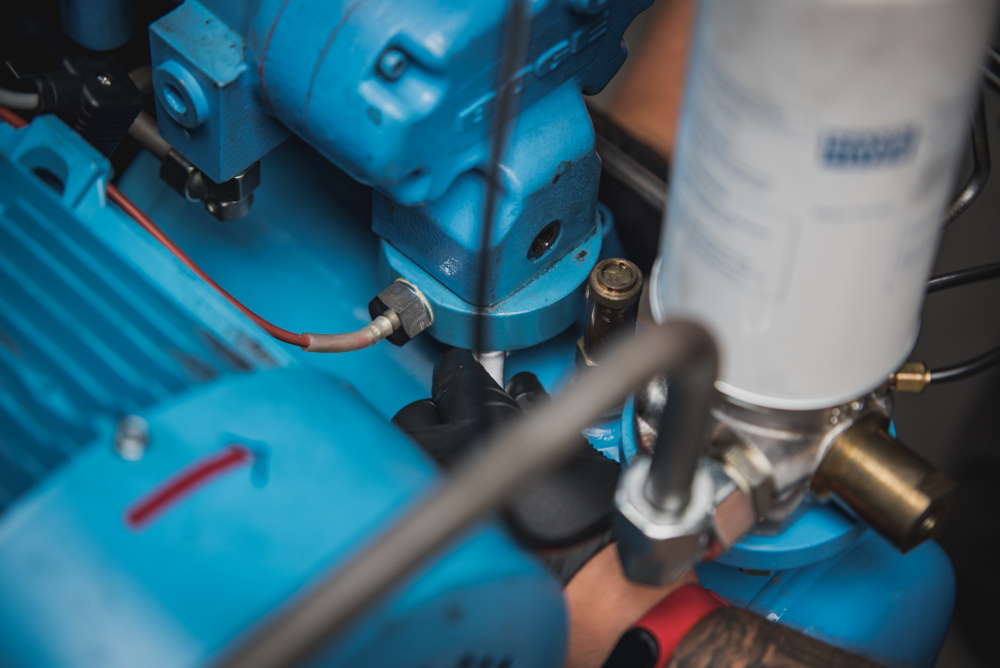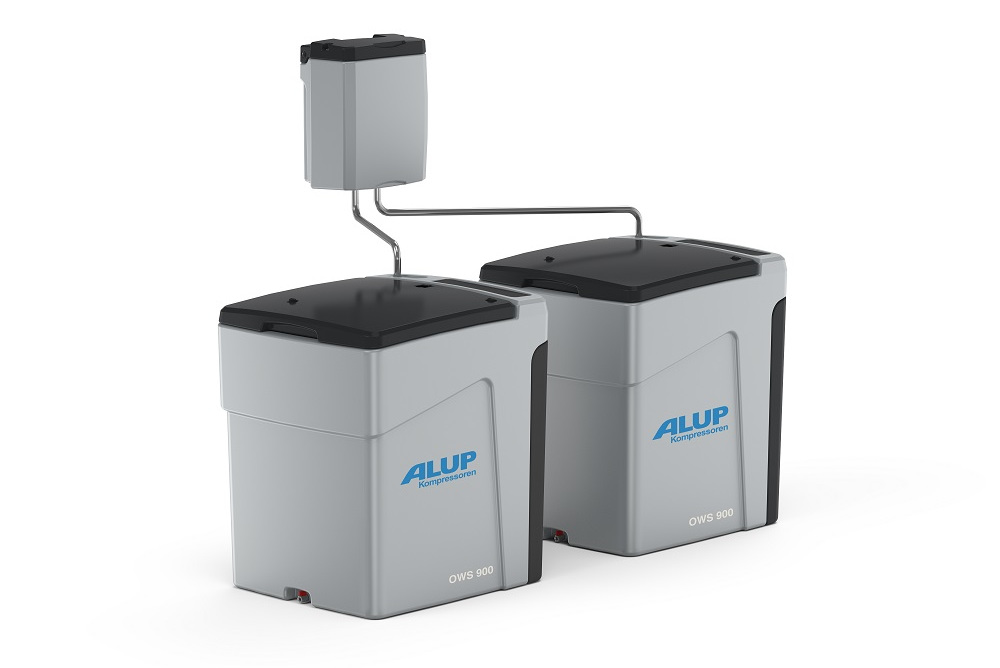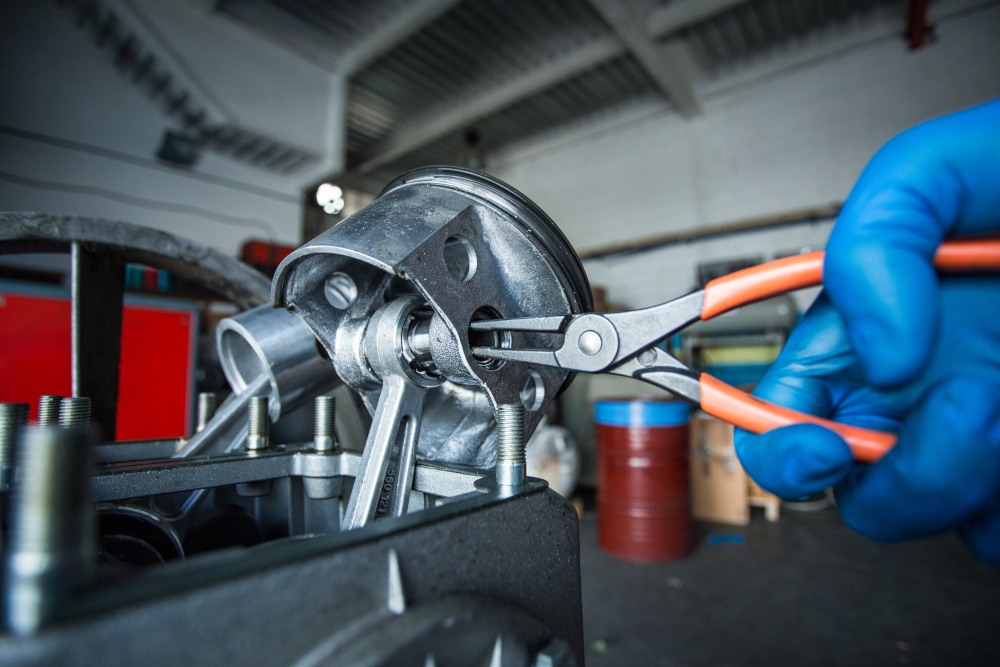Pressure dew point is a parameter inextricably linked to the quality of compressed air. What is it and what does it mean for the purity of compressed gas?
What is pressure dew point
The dew point, also known as the saturation point, is used to indicate the limit of water content in the air. It is expressed in degrees Celsius and indicates the temperature at which water vapor accumulated in the air turns into water at a given pressure. At this temperature, the relative humidity of the air reaches 100%.
In other words, 1m3 of air at a given pressure and temperature can only contain a certain amount of water vapor. In the case of compressed air that has reached the saturation point (i.e. 100% relative humidity), the condensation process begins, i.e. condensation of water, which should be removed from the compressed gas as quickly as possible. Importantly, as water condenses from the compressed air, impurities are also removed - solid substances such as pollen, dust, soot and oil.
Why is the dew point so important in the air compression process?
As we have already mentioned, condensation of compressed air removes impurities that were sucked in by the compressor along with the atmospheric air. This creates condensate, which is a mixture of water and impurities. Removing condensate from compressed gas has a double meaning:
- is responsible for the purity class of compressed air
- contributes to the protection of the device/installation against damage, leaks or failure.
Let's first refer to the air purity class.
Here, the requirements for the quality of compressed gas dictate the standards related to the quality of the final product produced during production or the type of services provided with the use of compressed air. There are 7 air class standards - from 0 to 6, with class 0 meaning air free of oil particles (obtained in oil-free compressors) to class 6 with the lowest purification (the highest level of water vapor, dust and oil particles). In the case of class 1, the water content cannot exceed 0,003 g/m70, which is obtained at a dew point of -6 degrees Celsius, and in the case of class 9,4, the water vapor content in compressed air reaches up to 3 g/m10 at a dew point of +XNUMX degrees Celsius. degrees C
Air purity, and especially water vapor content, is of key importance for the failure rate of compressed air systems. High humidity and uncontrolled condensation of water vapor result in the formation of condensate that is not removed from the compressed air system. Condensate can cause corrosion of components, leaks, pressure drops and even the formation of scale in pipelines distributing compressed gas.
How to choose a dehumidifier for the production process?
Each production process and provision of services based on compressed air requires the use of compressed gas of a different purity class. There is no need to treat compressed air in car workshops because the condensate content does not affect the level of services provided. When supplying pneumatic tools with compressed air, its purity class should be 4, while in medicine - e.g. in dental offices, the compressed air must have a purity class of 0.
Adsorption and refrigeration dryers are most often used to dry air in compressed air systems, the efficiency of which is determined based on the dew point obtained. Refrigeration dryers allow you to achieve a pressure dew point of +3 degrees Celsius, which allows you to obtain compressed air with class 4 purity. To obtain cleaner compressed gas, it is necessary to use adsorption dryers that allow for a pressure dew point below 0 degrees Celsius.













